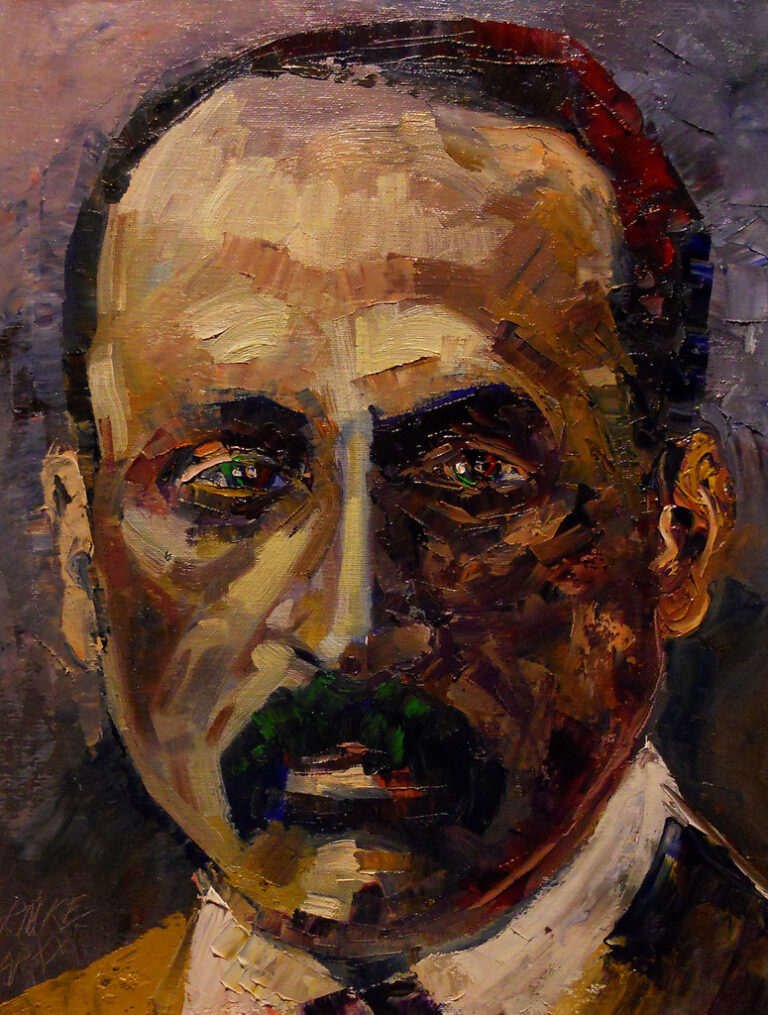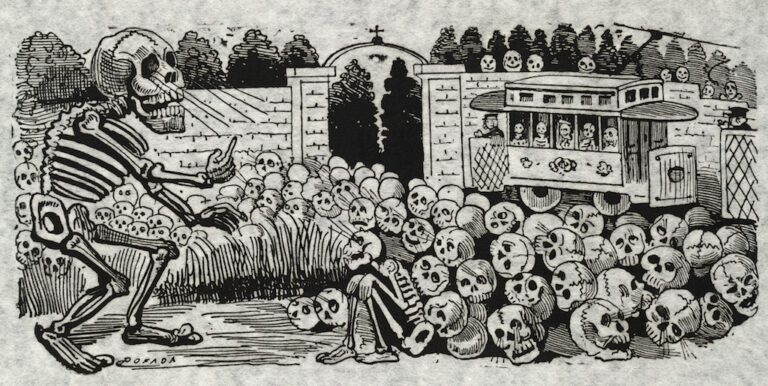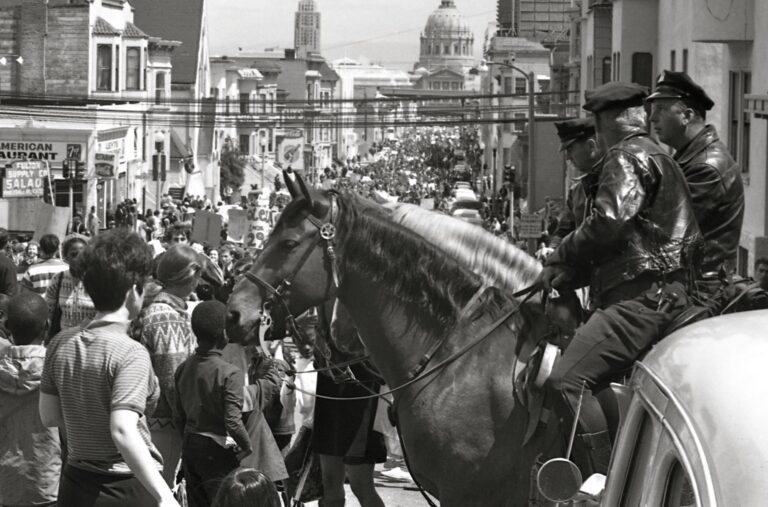The Best Short Story I Read in a Lit Mag This Week: “This Place of Great Peril” by Mel Bosworth
When we meet the main character of Mel Bosworth’s “This Place of Great Peril” (Hayden’s Ferry Review Fall/Winter 2014), he’s just beginning to suffer from acute oxygen deprivation, or as editor Dana Diehl puts it, the author “drops us on top of the 84th tallest mountain in the world, into a slowly deteriorating mind.” I wrote last week about how the narrative unreliability of the main character in Anne-Marie Kinney’s “The Ritualist” stemmed from the ways the narrator sought to control every aspect of her own life; the narrative unreliability of “This Place of Great Peril” emerges from an opposite position—the loss of control of one’s body and thoughts.
The first hint we get that something is wrong with the narrator comes very early on, via a slew of images drawn in short, quick sentences that are as urgent as they are odd.
“We’re falling apart. We’ve been falling apart. The tip of your nose is black. My hair is ice. My eyes are tight as marbles. The air is a hard blue diamond. The wind is a hard diamond hammer. My exhaustion tears turn into crystal rocks. Two blast toward Hong Kong.”
There’s clear panic here, in everything from the images to the metaphors to the composition of the sentences and their sonics. But then the narrator recovers:
“’Pass me that oxygen canister?’ I say, reaching back. We are in a place of great peril but somehow less worry. Perhaps it’s the elevation, the thin air, the amazing weed we’ve just smoked using a deep glass bowl and a tiny butane torch.”
No longer is there immediacy to the narrator’s thoughts. Sanity resumes in the form of longer sentences, greater lyricism, and softer concrete details. This may not be oxygen deprivation; he may just be high.
As the story develops, the author continues to bounce us back and forth between clear, reliable realism and bizarre dreamscapes that are as imaginative as they are unreliable. At first, both lack menace. He’s a paperboy “tossing papers onto dewy lawns,” then he’s that same paperboy imagining “a newspaper was really just a tightly wound person covered in tattoos.” But slowly the nature of both the realist and surreal images grow more worrisome. He looks back to see that his companion’s canister has frozen to her cheek, and that her face is “royal blue, blood blue, and [her] eyes have rolled white.” Further along, wings burst forth from his companion’s back, and she “bat(s) the air.”
But the narrator’s not lost, not yet. And we know this, because all the way through, the author gives us enough concrete imagery to understand what’s happening, but also enough surrealist, metaphorical observation to show the degree to which the narrator is losing his mind. This is key, as on top of the 84th tallest mountain in the world, questions of whether the character will regain sanity and whether the character will have a chance to survive are inseparable.
As the story hurtles to a tragic close, the narrator’s mind deteriorates further, and the differentiation between past and present, real and imaginary, become less and less discernable. All mash together in one ecstatic now. It makes little sense, and because of that, we know what happened.


